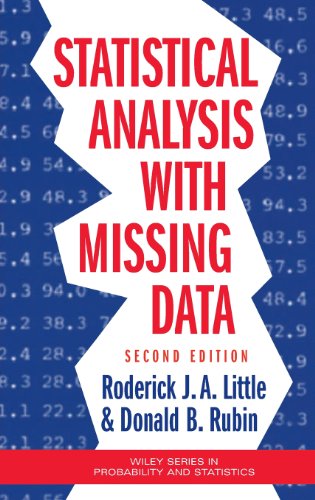

Most ebook files are in PDF format, so you can easily read them using various software such as Foxit Reader or directly on the Google Chrome browser.
Some ebook files are released by publishers in other formats such as .awz, .mobi, .epub, .fb2, etc. You may need to install specific software to read these formats on mobile/PC, such as Calibre.
Please read the tutorial at this link: https://ebookbell.com/faq
We offer FREE conversion to the popular formats you request; however, this may take some time. Therefore, right after payment, please email us, and we will try to provide the service as quickly as possible.
For some exceptional file formats or broken links (if any), please refrain from opening any disputes. Instead, email us first, and we will try to assist within a maximum of 6 hours.
EbookBell Team

4.7
96 reviews"An important contribution to the applied statistics literature.... I give the book high marks for unifying and making accessible much of the past and current work in this important area."
—William E. Strawderman, Rutgers University
"This book...provide[s] interesting real-life examples, stimulating end-of-chapter exercises, and up-to-date references. It should be on every applied statistician’s bookshelf."
—The Statistician
"The book should be studied in the statistical methods department in every statistical agency."
—Journal of Official Statistics
Statistical analysis of data sets with missing values is a pervasive problem for which standard methods are of limited value. The first edition of Statistical Analysis with Missing Data has been a standard reference on missing-data methods. Now, reflecting extensive developments in Bayesian methods for simulating posterior distributions, this Second Edition by two acknowledged experts on the subject offers a thoroughly up-to-date, reorganized survey of current methodology for handling missing-data problems.
Blending theory and application, authors Roderick Little and Donald Rubin review historical approaches to the subject and describe rigorous yet simple methods for multivariate analysis with missing values. They then provide a coherent theory for analysis of problems based on likelihoods derived from statistical models for the data and the missing-data mechanism and apply the theory to a wide range of important missing-data problems.
The new edition now enlarges its coverage to include:
Amstat News asked three review editors to rate their top five favorite books in the September 2003 issue. Statistical Analysis With Missing Data was among those chosen.